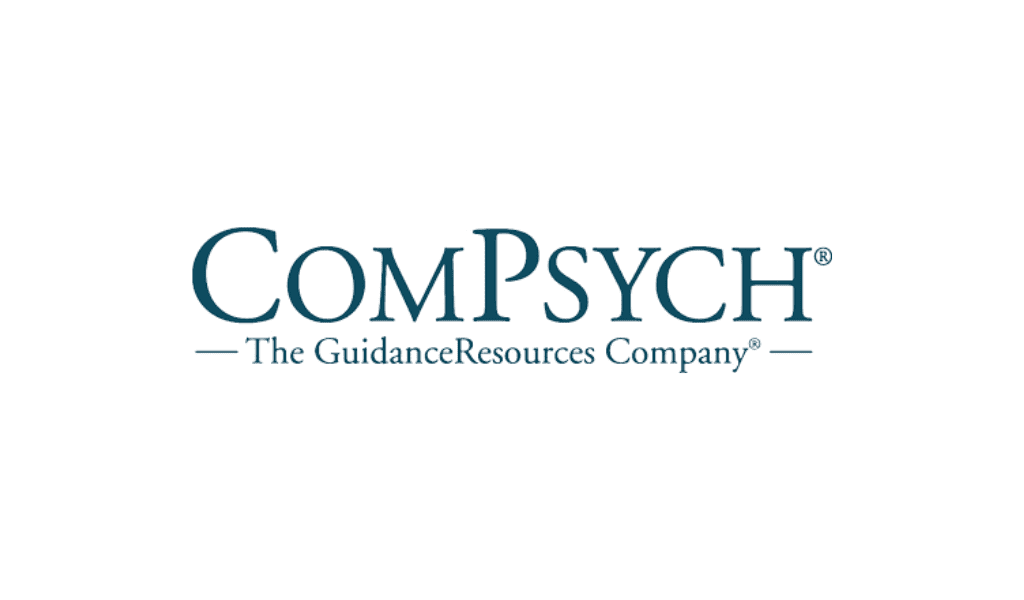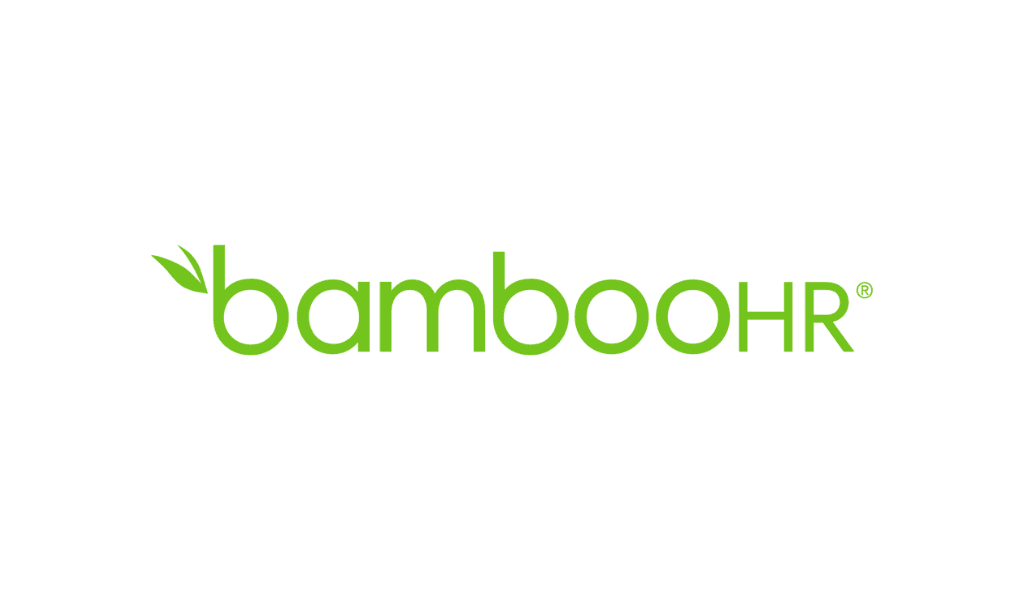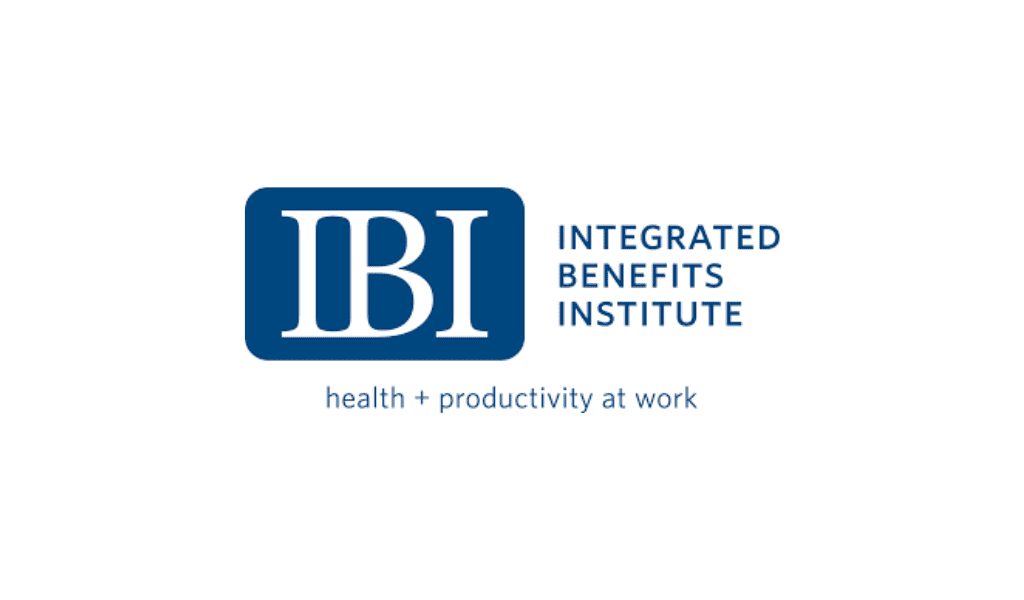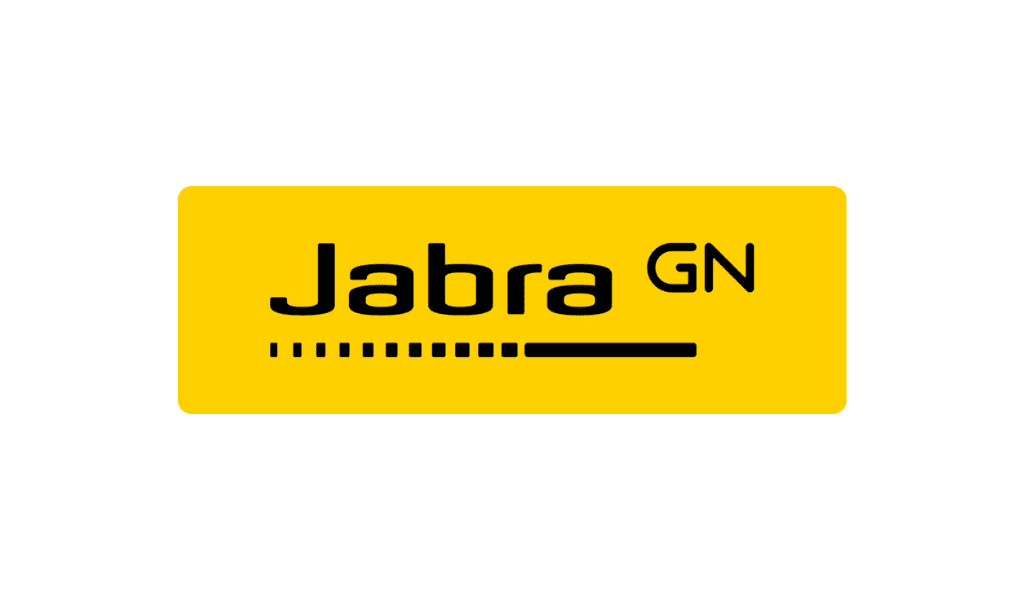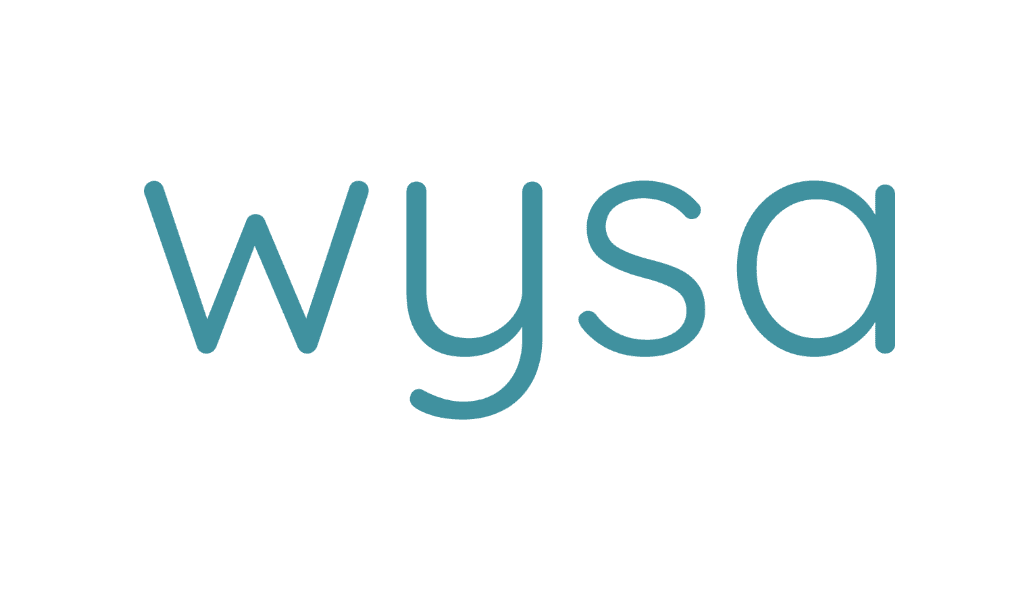By reducing burnout, encouraging employee feedback, and creating safe spaces devoted to wellness, HR leaders can help transform mental health into a strategic priority for the entire workforce.
By Caitlin Collins
Mental health has become a critical and persistent topic of discussion in an environment of upheaval, stress, and continuous change that has characterized the past five years. In a recent Betterworks survey of over 1,1000 managers and HR leaders, 74% of them rate their organizations’ current awareness and understanding of mental health issues in the workplace as good or excellent. However, a deeper dive into the data reveals a generational divide in how comfortable employees feel discussing these issues openly.
Understanding the Generational Gap
The research from Betterworks indicates that 36% of employees rate their comfort level for discussing mental health as very high (nine on a 10-point scale). This increases for younger workers, with 40% of employees ages 25 to 34 feeling very comfortable talking about mental health but decreases to 21% for those ages 55 and older. This stark contrast underscores the need for targeted initiatives to foster an inclusive environment where employees of all ages can openly discuss their mental health concerns.
The Role of Organizations
Addressing this generational gap is not just about enhancing employee well-being; it’s also a strategic imperative for performance management. A mentally healthy workplace can drive engagement, productivity, and retention. Here are some actionable strategies to bridge the gap and create a supportive environment for employees of all ages.
- Have frequent check-ins between managers and employees. These check-ins should go beyond performance metrics to include discussions about well-being. For example, a manager might ask, “How are you feeling about your workload this week?” or “Is there anything outside of work that’s affecting your stress levels?” When managers regularly engage with their team members on a personal level, it builds a sense of safety and trust that encourages employees to share their mental health concerns without hesitation. This practice can be particularly beneficial in making older employees feel more comfortable and supported.
- Provide managers with training that recognizes and supports mental health issues to help shape workplace culture. This training should also educate them about generational differences and personality types in comfort levels regarding mental health discussions. For example, younger employees may be more accustomed to openly discussing mental health due to growing up in an era of increased awareness and destigmatization, whereas older employees might be more reserved due to previous cultural norms. Additionally, personality traits like introversion and extroversion can influence how comfortable individuals are with these discussions. Managers equipped with this knowledge can address these differences sensitively and effectively, ensuring that their approach is inclusive and supportive.
- Develop inclusive mental health policies that cater to the diverse needs of employees. These policies should ensure that mental health resources and support systems are accessible and effective for everyone, regardless of age. For instance, offering a variety of counseling options, such as face-to-face, teletherapy, and anonymous hotlines, can cater to different preferences and comfort levels. Policies might also include flexible working hours, wellness challenges, stress-relief workshops, and offering mental health days that employees can use without any hesitation.
- Create safe spaces and channels for discussing mental health without fear of stigma. This could include mental health advocates, company-wide anonymous surveys or reporting tools, and designated support groups. A variety of options can provide employees with the confidence to speak up about their mental health issues, knowing they will be met with understanding and support.
- Ensure mental well-being is woven into the fabric of the organization’s values and performance management practices. Middle managers in particular can set the tone for organizational culture since they are the ones most employees have direct relationships with. Their openness can help normalize these conversations and encourage employees to follow suit. Role modeling by middle managers can have a profound impact, particularly on older employees who may have grown up in environments where mental health was a taboo subject.
- Prioritize mental health since it’s a strategic necessity. This means actively implementing strategies that resonate with all generations to prevent poor mental health at work. Embrace a multi-faceted approach that goes beyond basic support and addresses key areas such as burnout, remote work challenges, and getting a diverse group of employees involved in mental health initiatives.
Here are some ways HR leaders can turn mental health from a peripheral concern into a central component of organizational success:
- Address burnout and overwork. Explore strategies to prevent and address burnout, which is a critical concern for mental health –especially among managers. Some managers may struggle to take on employees’ emotional issues and should have support readily available. Discuss the signs of burnout, its impact on employee well-being and productivity, and actionable steps to mitigate it. This could include setting realistic workloads, encouraging regular breaks, and promoting work-life balance through flexible work arrangements and time-off policies.
- Understand the impact of remote work on mental health. Analyze how remote work affects mental health and well-being. Discuss both the benefits, such as reduced commuting stress, and the challenges, such as social isolation and blurred work-life boundaries. Provide recommendations for maintaining mental health support in remote and hybrid work environments, such as virtual mental health resources and regular team check-ins.
- Encourage employee feedback and involvement. Highlight the importance of involving employees in the development and evaluation of mental health programs. Discuss methods for gathering feedback through surveys, focus groups, and suggestion boxes. Emphasize how involving employees can lead to more effective and tailored mental health initiatives.
- Convey the ROI of mental health programs. To encourage buy-in from leadership, discuss the financial impact of investing in mental health programs, including the potential return on investment (ROI). Provide data and case studies that demonstrate the cost benefits of reduced absenteeism, lower turnover, and increased productivity. This can help HR leaders build a business case for funding and expanding mental health initiatives.
- Offer mental health employee benefits. Examine how employee benefits can support mental health. Discuss the role of health insurance coverage for mental health services, employee assistance programs (EAPs), and wellness benefits. Provide recommendations for enhancing benefits packages to better support mental health needs.
The Path Forward
Workplace dynamics are continuously shifting, making mental health a priority for fostering a resilient and engaged workforce. The insights from Betterworks’ recent survey underscore the urgency of addressing the generational divide in mental health comfort levels and the broader impact on organizational performance. By implementing comprehensive strategies, HR leaders can transform mental health from a peripheral issue into a core element of their organizational strategy. It’s time to integrate mental health into the fabric of workplace culture, ensuring that every employee—regardless of age or position—feels supported.
Caitlin Collins is an organizational psychologist and the program strategy director at Betterworks.


